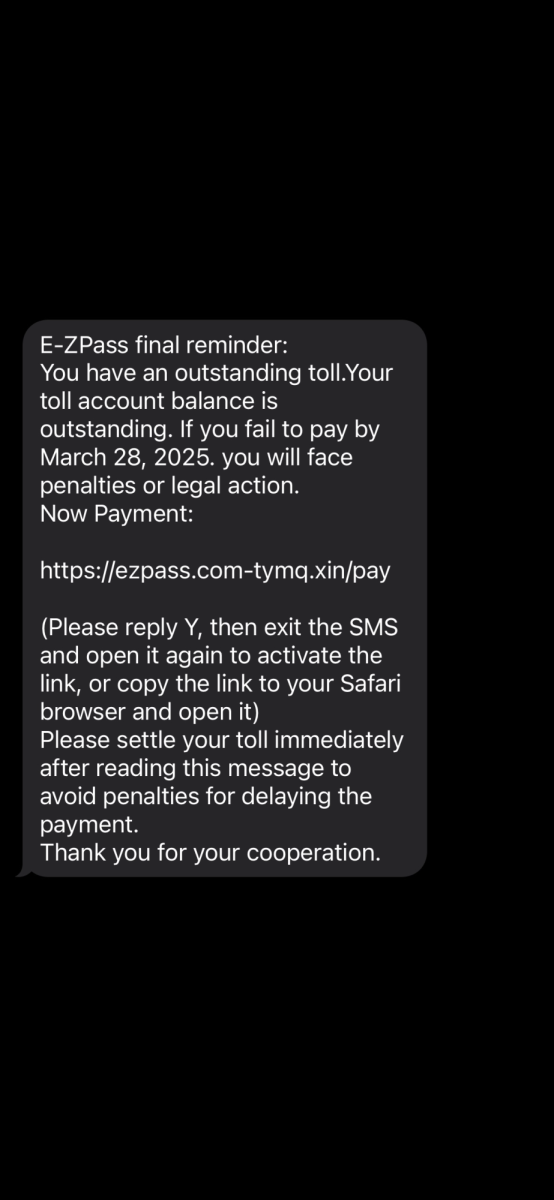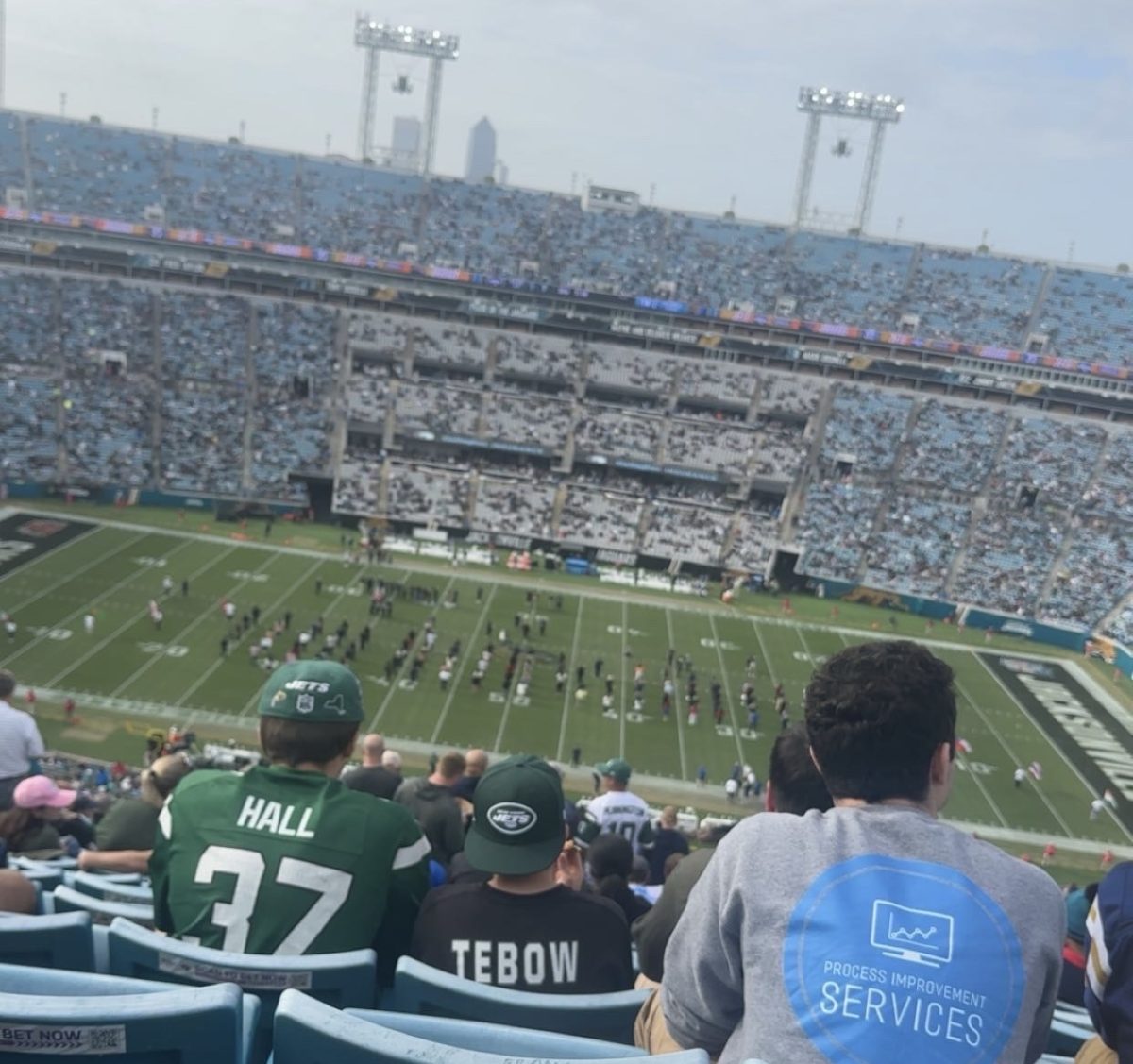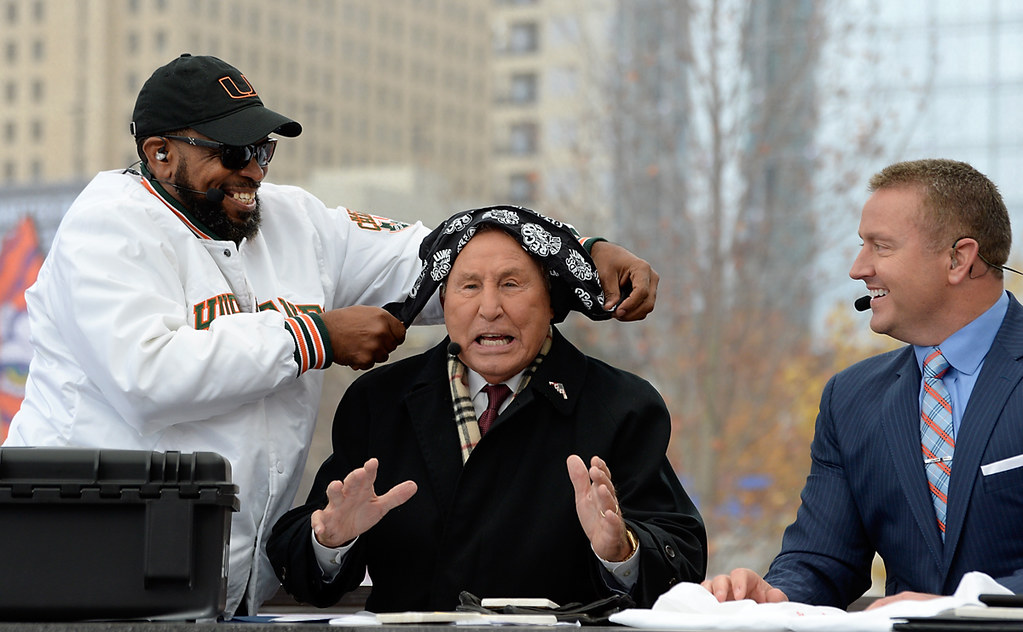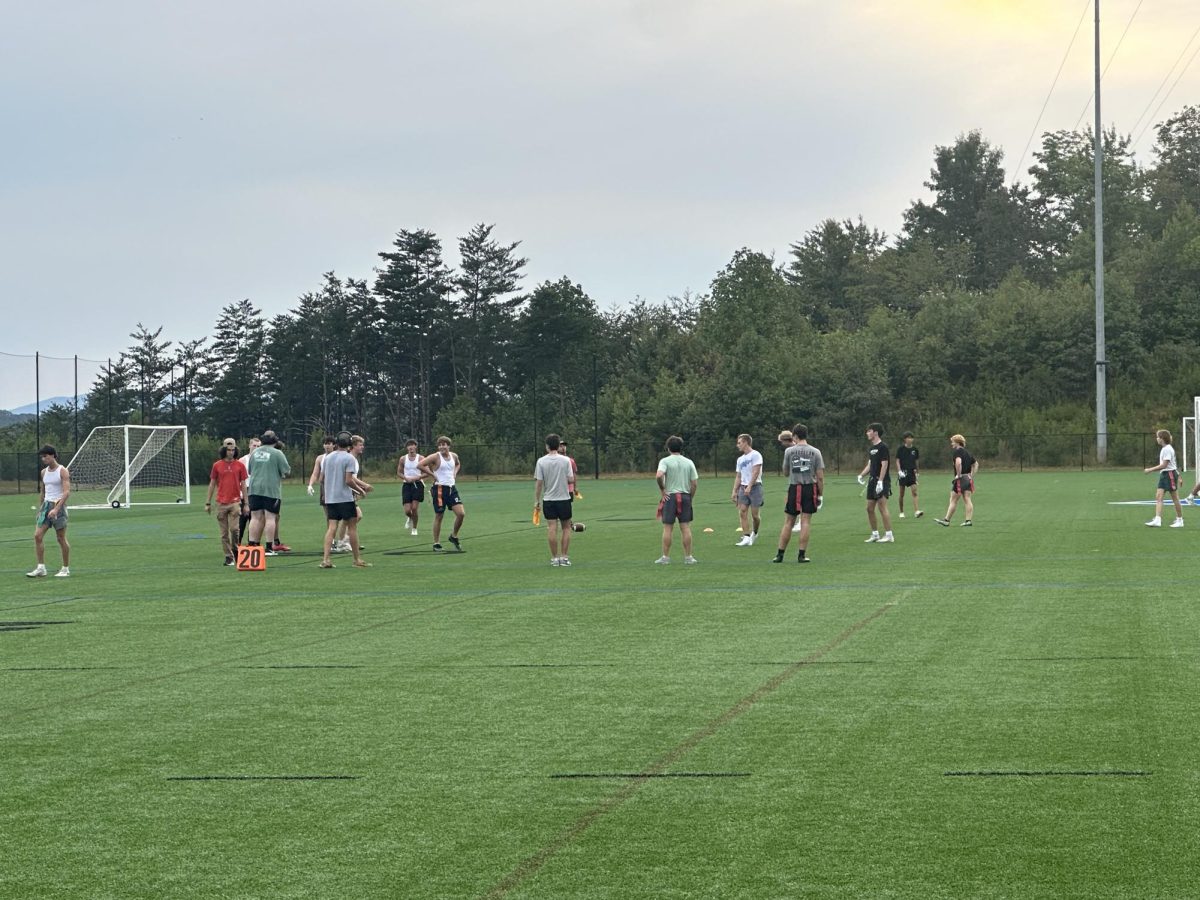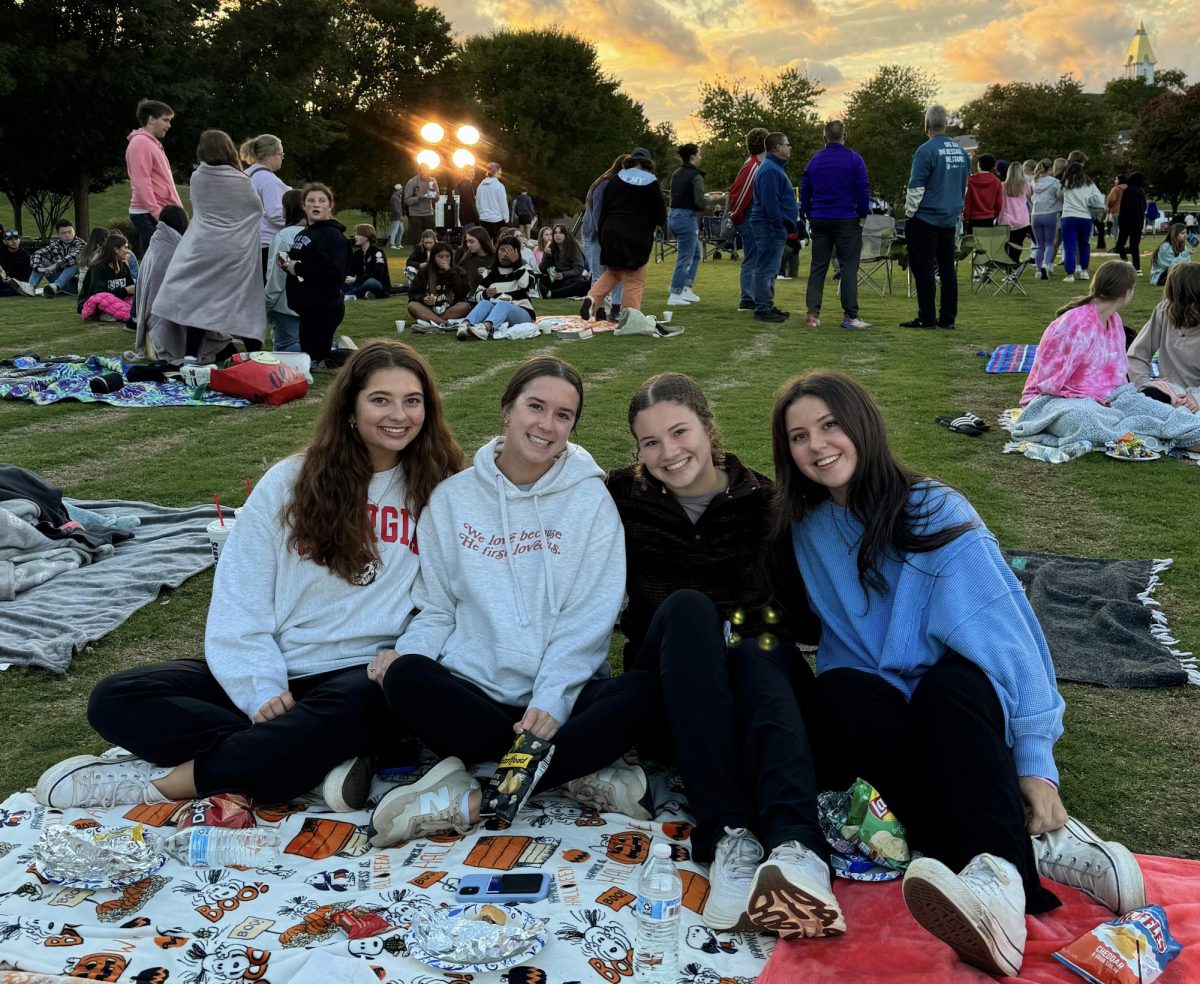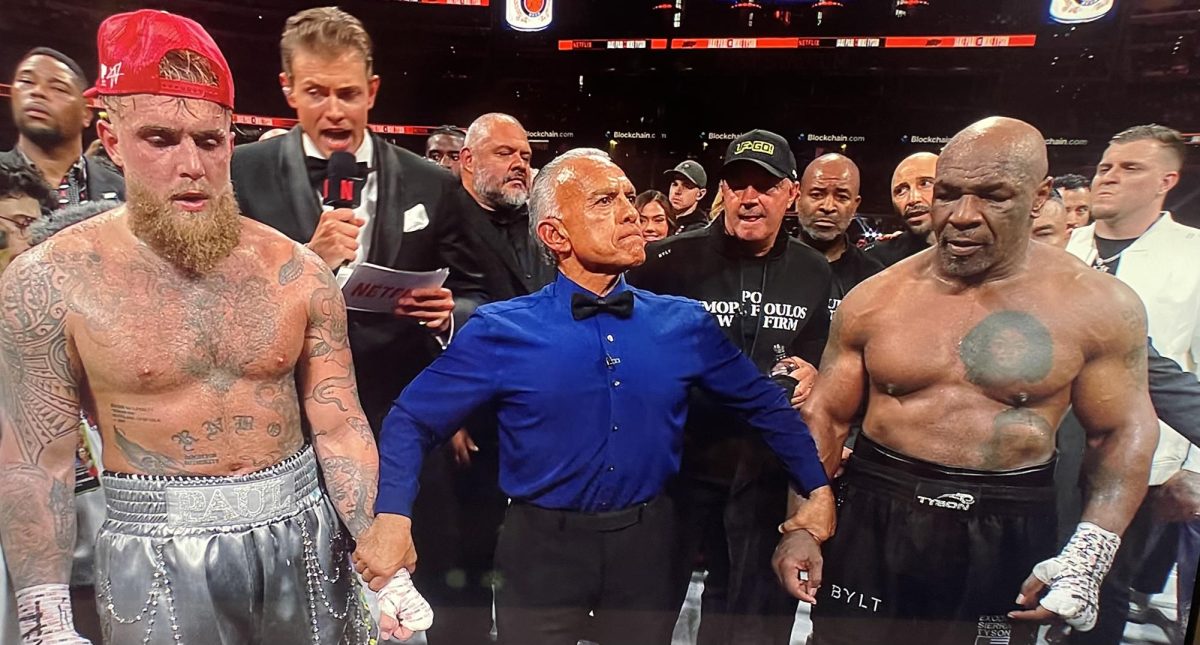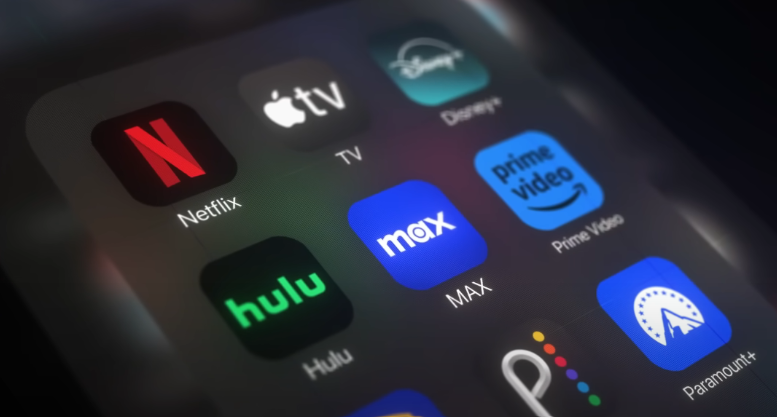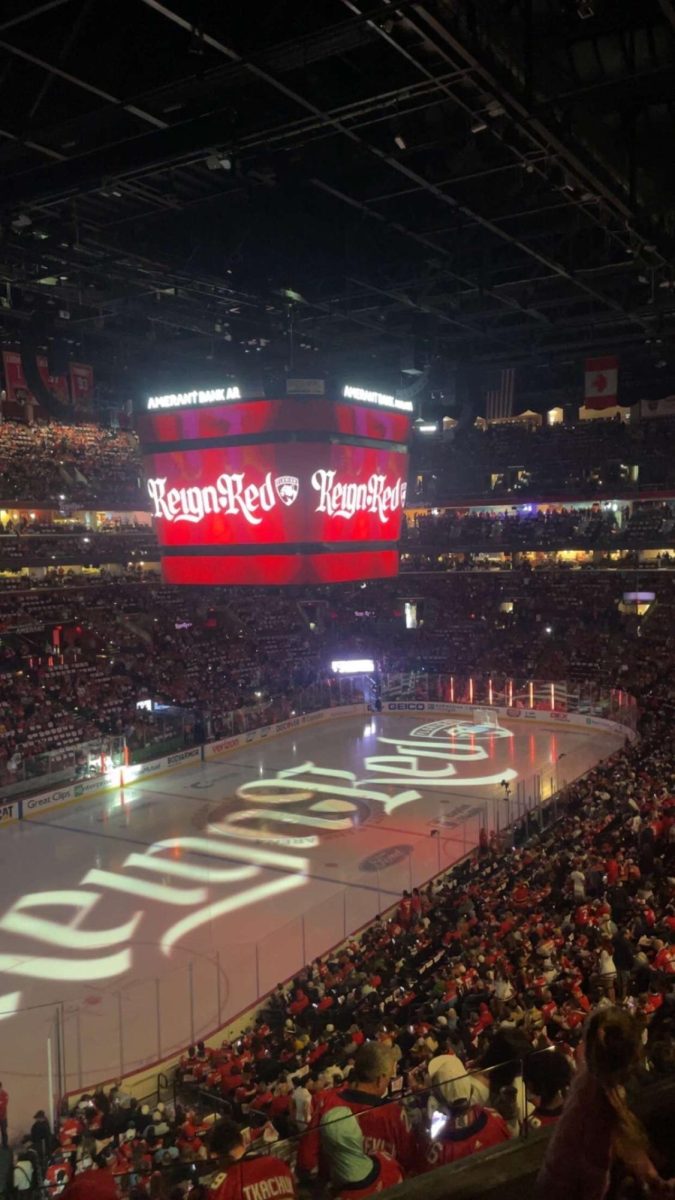In today’s media landscape, sports leagues aren’t just competing on the field or court, they are competing for attention across screens.
In February, the NHL introduced a new concept for All-Star weekend: a four-country tournament to see who comes out on top. This idea hasn’t been seen in the sport for more than a decade.
This event drew 9.3 million viewers, with 10.4 million viewers at its peak, according to ESPN. Sportsnet, a Canadian sports website, reported 10.7 million viewers across Canada. That equals about a quarter of the country’s population.
Patrick Corrigan, a junior business administration major at the University of North Georgia, says, “The Four Nations Face-Off that the NHL put on was a great move to not only gain viewership temporarily but a great idea to gain fans of the sport. Fans aren’t just watching a ‘meaningless’ game, they are supporting their country on an international stage. This emotional connection draws in viewers who want to be part of something bigger than just a regular season game.”
In post on X, J.J. Watt, a former NFL player and now studio analyst, said, “It’s just incredible how much of a home run 4 Nations has been for the NHL and hockey in general. Friends who never watched a hockey game in their lives are reaching out asking what the plan is for tonight’s game, what food we’re ordering.”
The timing of the NHL event intersected with the NBA’s All-Star Weekend. Although there is limited data that directly confirms an effect on All-Star viewership, according to sportsmediawatch.com, the NBA gathered 4.72 million viewers across networks that held the events. All-Star Weekend was also down 18% in ratings and 13% in viewership from last year.
Major League Baseball took a similar strategy this season, opening the season a week early in Japan with a game between the Chicago Cubs and the Los Angeles Dodgers. Unlike the NHL, this wasn’t an experimental approach for the MLB, which has opened the season in Japan before.
The reigning National League Most Valuable Player, Shohei Ohtani, plays for the Dodgers. This is particularly important because he is from Japan, and played in his home country before taking his talents to the MLB.
According to AP news, game 1 of the series had 25 million viewers in Japan, that is about a fifth of Japan’s population. In the U.S., the games started at 5 a.m. CDT in Chicago and 3 a.m. PDT in Los Angeles and averaged 590,000 viewers.
Corrigan said, “Although some Americans may be mad at the start time, I don’t think MLB cares. They are trying to strengthen the global outreach that the game has. With Shohei Ohtani already being a celebrity in Japan and the face of the MLB, it was a no-brainer to have him play there. It was a great move by the MLB to grow the sport.”
Although the major sports may be fighting for fans attention. There are a few fans that still watch both leagues. Owen Tucker, a self-proclaimed avid sports fan, said, “I don’t necessarily feel obligated to watch both leagues or games, but I do fear I may miss a great play or something special if I just watch one.”
Kaiden Ellis, a former baseball player and sports fan, said that he feels obligated to watch his favorite teams, and if they are both on, he says he’ll switch between the games. He also added, “I still enjoy watching a game where I don’t have ‘a dog in the fight,’ but enjoy watching my favorite teams more because I have a connection with them.”



